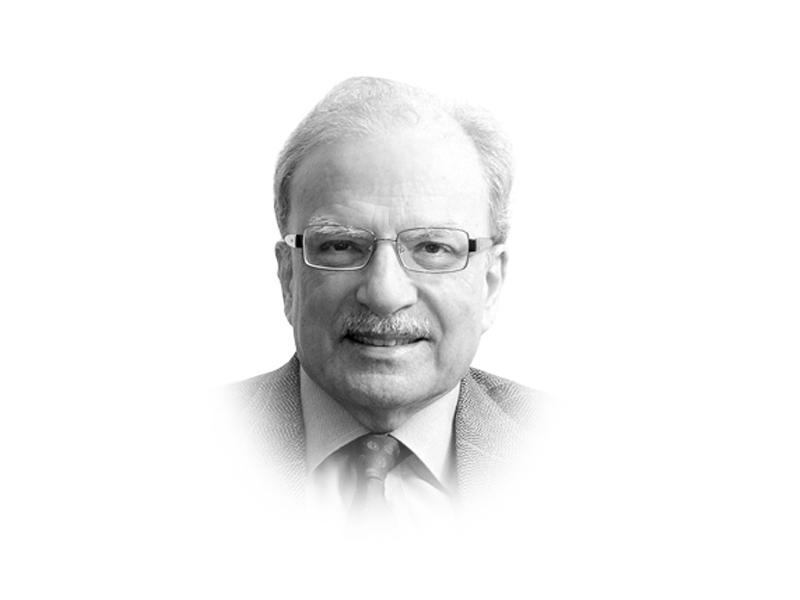
In Pakistan, the Xi visit was described as a historic, even game-changing, event. One way of analysing its impact is to speculate on how this event will look five, 10 or 15 years from now. Let me begin with interpreting this in terms of Pakistan’s repositioning in the world. Xi arrived in Pakistan at a time of momentous change that will fundamentally change the structure of the global economy and comprehensively alter the world political order. It was becoming clear that along with China becoming the world’s largest economy, having overtaken the United States in terms of the purchasing power parity estimates of national incomes, the United States had lost the political will to lead the world.
There were other changes afoot which would matter for Pakistan in the future. The state in the Arab world had virtually collapsed while the months-old conflict in the Arabian Peninsula with Saudi Arabia attacking the dissidents in neighbouring Yemen had raised the possibility of a wider sectarian conflict. Realising that such a development will gravely hurt Pakistan, Islamabad stunned Riyadh by turning down its request for military aid in fighting the rebels in Yemen. With America’s diminished global presence and an estranged Middle East, Xi’s visit to Pakistan provided the opportunity to the country to get even closer to China. Islamabad is correctly betting on the growing strength of the Chinese economy despite the recent slowdown.

The large package of economic assistance and investment finalised during Xi’s visit will re-energise the Pakistani economy. The promised $45-46 billion flow of capital will ease Pakistan’s costly energy crisis while connecting the country’s economy with its neighbours on three sides, the east, north and the west. If relations improve with India, Pakistan could become a four-way hub for the movement of goods and commodities. This development will re-orient the direction of international trade. For decades, Pakistan had defied the ‘gravity model of trade’ by concentrating on the distant United States, as well as Japan and western Europe, as its principal trading partners. That will change and with that change, there will also come a major shift in the structure of the country’s economy.
There are other aspects of the Chinese economic package that should be noted. Most of the Western aid that Pakistan has received in the past was directed to the government. It was either used for meeting the large budget deficits or financing projects in the public sector. The Chinese, interestingly, are focusing on working with the private sector. Beijing expects that the proposed economic corridor will result in establishing industrial estates along the route. There will be added advantage as the involvement of the private sector will increase the rate of domestic savings and encourage the retention of savings at home rather than be moved into foreign accounts or invested in real estate in the Gulf States.
Published in The Express Tribune, April 27th, 2015.
Like Opinion & Editorial on Facebook, follow @ETOpEd on Twitter to receive all updates on all our daily pieces.













COMMENTS (2)
Comments are moderated and generally will be posted if they are on-topic and not abusive.
For more information, please see our Comments FAQ